In the grand handiwork of construction, every gear matters - especially the ones protecting your feet. As builders navigate dizzying heights, haul hefty loads, and walk on hazardous terrain, their footwear takes center stage in ensuring their safety. Making the right choice in protective footwear is paramount, and this article serves as a guide to understand why. We'll dissect the current state of workplace foot injuries, walk through the global industrial protective footwear market, and underscore the integral role safety boots play in occupational health. Moreover, we'll delve into the must-have features in safety footwear and discuss the hazards of relying on poorly designed options. It's time to tread carefully into the world of construction footwear. Welcome aboard!
The State of Workplace Foot Injuries
Workplace safety is a crucial component of any business environment. Investing in the wellbeing of employees not only upholds business integrity but also boosts productivity. One aspect of workplace safety that often goes unnoticed is the prevention of foot injuries. This article will explore the state of foot injuries in the workplace, examining vital statistics and industry-wide facts, with special emphasis on the risk of such injuries in specific sectors.
Statistics
In 2020 alone, the Bureau of Labor Statistics recorded an astounding 44,970 non-fatal foot injuries and illnesses that occurred in the workplace. This figure illuminates the severity of the problem, especially given that these are only the reported cases. A surprising fact is that, despite the risk, more than half – 54%, to be precise – of Americans tend to wear gym shoes or sneakers to work. While these might offer comfort, they often provide inadequate protection against workplace hazards leading to foot injuries.
Moreover, it's imperative to note that slips, trips, and falls rank among the top three causes of work-related injuries. Missteps can lead to serious foot injuries or even more severe health risks. Improving safety measures, like suitable footwear and clean, well-maintained workspaces, can significantly reduce these incidents.
Industry-wise Injuries
Some industry sectors inherently possess a higher risk of foot injuries than others due to the nature of their work. Among them, construction stands out. Workers often walk on uneven surfaces or handle heavy, dangerous equipment, increasing the likelihood of foot injuries. Regarding this, more information can be found in Overcoming Bad Weather in Construction where the importance of appropriate footwear for construction workers, especially in adverse weather, is highlighted.
It's a stark reminder that risk management and employee training are paramount in preventing foot injuries. By acknowledging the state of workplace foot injuries, industries can implement more effective strategies to safeguard their employees' overall health and productivity.
The Global Industrial Protective Footwear Market
When it comes to workspace safety, one of the most critical elements is protective footwear. Hardworking professionals in industries such as manufacturing, construction, and mining rely on the robust protection these boots provide. The global industrial protective footwear market, poised to reach $10.76 billion in value by 2023, stands as a testament to the demand for these essential safety workwear.
Size of the Market
Constructing a global picture of the industrial protective footwear market reveals some impressive figures. The market's magnitude is hinted at by the fact that it is set to be valued at almost $11 billion by 2023. Now that's a lot of boots! Given the range of industries that utilize safety footwear - from heavy manufacturing and construction to the slightly less rigorous demands of warehouse work - it's unsurprising that the numbers start to stack up.
Growth Rate
While the size of the market is impressive, the rate of growth over future years demonstrates the ever-increasing importance of workplace safety. According to projections, the global protective footwear market is set to grow at a compound annual growth rate (CAGR) of 6.1% between 2024 and 2030.
Moreover, the work boots sector is predicted to experience even faster growth. It's expected to move from a market worth $13,151.16 million in 2024 to $26,300.83 million by 2032, representing a CAGR of 9.05%.
U.S. Safety Footwear Market
The U.S. holds a significant portion of the global industrial protective footwear market. It's a trend underpinned by robust regulatory measures and a steadfast commitment to worker safety. Above all, worker's awareness of safety measures and increasing demand across different industries fuel growth. The U.S. safety footwear market is set to register an impressive CAGR of 7.1% during the forecast period.
In light of the Latest in Rain Gear Innovations, it's only expected that innovations in industrial protective footwear will continue in lockstep. After all, ensuring workers' safety and comfort is a priority across all sectors, come rain or shine, or even hazardous conditions. Thus, stepping into the future, the industrial protective footwear market is primed for growth, making it a sector worth watching.
The Importance of Safety Footwear
Few things underscore the importance of safety in the workplace more than the gritty, real-world statistics regarding occupational deaths and accidents. Annually, an alarming number of over 2.7 million workers globally lose their lives due to occupational injuries and illnesses. Simple precautions, like the use of safety footwear, can drastically reduce these harrowing numbers and make workplaces safer and more secure.
Annual Occupational Deaths
Counteracting the common misconception that professional hazards are merely a part of the job, every fatality in the workplace is one too many. According to available data, over 2.7 million workers around the world die annually from occupational injuries and diseases. This statistic isn't just frightening; it's a call to arms for companies and individuals alike to prioritize workplace safety above everything else.
Workers Without Safety-toe Shoes
Of particular concern are the risks faced by workers who do not use safety-toe shoes. With roughly 70,000 reported foot-related incidents annually, the peril of neglecting this crucial safety measure becomes starkly apparent. From construction workers working high above the ground to warehouse operators dealing with heavy machinery, the importance of safety footwear extends across all industries and roles.
Hazards Associated
Potential hazards to feet and legs in the workplace can be many, varying significantly across different roles and industries. These include slipping, falling objects, and exposure to harmful chemicals. Safety footwear is optimized to shield workers from these hazards, offering enhanced grip, reinforced toes, and typically consisting of materials resistant to chemicals and other harmful substances.
Moreover, some safety footwear comes equipped with advanced features like anti-fatigue properties. For more information about such advanced safety gear, you can explore this helpful article on Understanding Anti-Fatigue Gear.
Adopting the right safety measures, and in this case, safety footwear, can protect against potentially fatal accidents and improve the overall safety culture in the workplace. It's a small price to pay for a significant reduction in the risk and human cost associated with occupational injuries and fatalities.
Ideal Features in Safety Footwear
When it comes to the workplace, especially concerning industrial environments where physical hazards abound, safety isn't something one can gloss over—every aspect matters. Right down to the shoes you wear. This piece will guide you through some of the essential features to look for in safety footwear.
High-cut Shoes
On the top of our list are high-cut shoes, time and again recognised for their indispensable role in providing critical ankle support. High-cut shoes are not only fashionable, but they're also a shield protecting the wearers from a myriad of workplace hazards, like sparks and chemicals, which can cause severe injuries.
Comfort
According to recent studies, about 60% of women find safety footwear less comfortable than regular shoes. It's a concerning statistic given the amount of time people spend in these shoes throughout the day. Hence, it's paramount for safety footwear manufacturers to prioritize comfort alongside safety. Imagine having to work an eight-hour shift in shoes that are safe, but painfully uncomfortable—its detrimental effects on work productivity and an individual's health are innumerable.
Key Sought Features
Of course, let's not forget about the general safety features that you should be looking out for in safety footwear. Here are a few of the most sought-after features:
- Slip-resistance: To prevent falls and the subsequent injuries they can cause, you'd want to ensure that your safety boots have anti-slip properties. It's crucial for anyone working in environments with wet or oily surfaces. This article on why Anti-Slip Boots are crucial provides a more detailed explanation on its importance.
- Puncture Resistance: This feature is vital for anyone who operates around sharp objects that could pierce the sole of a shoe—construction workers for example.
- Weatherproof: Particularly handy for people who work outdoors in varying weather conditions. Take rain, for instance, having water seep into your boots during a downpour can be an uncomfortable experience.
- Comfort for Prolonged Wear: As previously stated, the comfort of safety footwear for long durations is key.
Making the right choice in safety footwear is an investment in your safety and comfort. It helps to understand what features to look for so you can make an informed decision that positively impacts your health and productivity. Stay safe!
Issues Associated with Poorly Designed Footwear
From office workers to construction laborers, footwear plays a pivotal role in our overall well-being. A wrong choice of shoes can lead to a string of health issues, especially when worn for prolonged periods. Truth to tell, the detrimental effects of poorly designed footwear often fly under the radar until they sprout into full-blown problems.
Contributor to Joint Pain
Walk into any podiatry clinic, and chances are high you'd find a significant number of patients suffering from joint pain, courtesy of their ill-designed footwear. Medical experts, along with footwear designers, have reached a consensus that shoes lacking proper support are catalysts for various musculoskeletal problems, chief among them- joint pain.
- Shoes with high heels or narrow toe boxes are attributed to conditions such as bunions or hammertoes.
- Flat footwear, on the other hand, offers inadequate arch support, leading to issues like plantar fasciitis.
- Old shoes, regardless of their initial design, lose their expected cushioning and support over time. The chance of suffering from pain in the feet, knees, and back significantly escalates when using worn-out shoes.
"Remember, a shoe is not just a fashion accessory," quips a renowned podiatrist. "It's functionality and design directly impacts your musculoskeletal health."
Effects on Workers
Particularly, negative consequences bear down heavily on workers who spend a good chunk of the day on their feet. Hard surfaces at workplaces dish out an additional challenge. For instance, construction workers tread on uneven terrains, often carrying heavy loads. The need for footwear that fits seamlessly, like a second skin, cannot be overstressed in such contexts.
While searching for perfect rain gear is the norm in a construction worker's life, paying equal attention to the everyday shoes they wear is also of paramount importance. Insightful footwear choices not only prevent discomfort and injury but also magnify productivity.
- Footwear with padded insoles, snug fit, and robust arch support can assuage the adverse impacts hard surfaces throw at workers’ feet.
- Waterproof options can be lifesavers, combating wet and slippery conditions with aplomb.
- Investing in footwear that strikes an equilibrium between comfort, durability, and safety can go a long way in fostering a worker's occupational health.
In essence, when it comes to footwear, vanity should take a backseat. It's health, comfort, and purpose that should steer our footwear choices. Precisely designed shoes have the power to keep a multitude of potential health issues at bay. So, tread wisely!
The Effectiveness of Safety Footwear
In an industry where safety is paramount, the use of safety footwear can significantly keep accidents at bay. They serve as a reliable personal protective equipment (PPE), offering impenetrable defence against falling and sharp objects, amongst other hazards. Given their protective properties, safety boots, mainly those with steel toes, have grown hugely popular among workers.
Reduction in Accidents
Contrary to the popular notion, accidents in the workplace extend beyond just slips, trips, or falls. Risks such as dropped objects or debris can pose significant threats too, especially in industries such as construction or manufacturing. Herein lies the importance of safety shoes. Ensuring workers are equipped with these boots presents a substantial reduction in the frequency and severity of such accidents. Interestingly, statistical data supports this claim, showing lower incidences of foot-related accidents in environments where the wearing of safety footwear is enforced.
Some of the benefits of safety shoes include:
- They feature slip-resistant soles for maximum grip, mitigating fall hazards.
- Safety boots are often puncture-resistant, offering added protection against sharp objects.
- Their heat resistant properties can shield from burns or extreme temperatures.
Personal Protective Equipment (PPE)
Safety footwear is much more than a functional shoe; it is, in fact, a form of PPE. PPE is equipment that protects workers against health or safety risks on the job. Safety shoes specifically focus on reducing foot injuries through their rugged construction, reinforced toecap, and instep guard.
A table summarizing some specific elements of safety footwear as PPE would look like this:
| Feature | Benefit |
|---|---|
| Reinforced Toecap | Protects against falling objects and collisions |
| Rugged Sole | Offers excellent grip, reducing slip-related accidents |
| Puncture-Resistant Material | Keeps feet safe from sharp objects on the ground |
| Heat-Resistant Properties | Shields feet from high-temperature hazards |
Popularity of Steel Toe Boots
Though safety shoes come in various styles and designs, steel toe boots remain the most popular choice among workers. They not only protect the toes but also support the feet and ankles, offering durable comfort throughout the workday. Steel toe boots are the first line of defence in harm's way, symbolic of an industry always ready to face challenges head-on.
As mentioned in the article about Investing in High-Quality Gear, investing in high-quality safety footwear shouldn't be considered an expense, but rather an investment towards workplace safety and staff well-being.
In sum, the effectiveness of safety footwear is beyond dispute. Not only do they dramatically reduce work-related accidents, but they also ensure worker safety in potentially harmful environments. While every shoe serves a purpose, when it comes to safety footwear, they could make the difference between a regular workday and a disastrous one.
Conclusion
In the pursuit of a safer work environment, protective footwear is undeniably integral. It not only safeguards workers from immediate potential hazards but also provides comfort, supporting long term health by reducing joint pain and other related health complaints. While there are challenges associated with ensuring proper usage of safety footwear, the undeniable reduction in workplace accidents call for proactive measures to be put in place.
However, safety footwear is just one aspect of the comprehensive safety gear required for construction work. Companies like Rain Gear Pro offer a full range of protective equipment, including their high-quality chainsaw safety pants, engineered to tackle even the most notorious issues like crotch blowouts. These pants are a perfect example of how a well-thought-out piece of safety gear can provide unparalleled protection without compromising on comfort.
By prioritizing safety gear, industries can not only lessen the risk of accidents but also foster a safer, more productive work environment for all. Visit Rain Gear Pro (https://www.raingearpro.com) to explore their range of high-quality work gear, and prioritize your safety today. Remember, it’s not just about meeting the standard requirement; it's about setting a new standard of safety in the workplace.
Frequently Asked Questions
-
What are the essential features of construction work footwear?
The essential features of construction work footwear include steel or composite toe caps for toe protection, puncture-resistant midsoles, slip-resistant outsoles, shock absorption, waterproof or water-resistant materials, and ankle support.
-
Why do construction workers need footwear with steel toe caps?
Construction workers need footwear with steel toe caps for toe protection from heavy objects, falling debris, and potential injury caused by compression. Toe caps provide a crucial layer of safety in hazardous construction environments.
-
What are the benefits of slip-resistant outsoles in construction work footwear?
Slip-resistant outsoles in construction work footwear provide improved traction on slippery surfaces, reducing the risk of accidents and falls in construction sites. They are designed to provide stability and prevent slips and trips.
-
Why is ankle support important in construction work footwear?
Ankle support in construction work footwear helps prevent ankle sprains and injuries by providing stability and reducing the risk of twisting or rolling of the ankle. It is crucial for workers who are constantly on their feet and working on uneven surfaces.
-
Are waterproof or water-resistant materials necessary for construction work footwear?
Yes, waterproof or water-resistant materials are necessary for construction work footwear as they provide protection against water, dampness, and moisture. This is particularly important in construction sites where workers may be exposed to wet conditions or standing water.



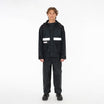
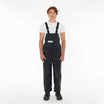

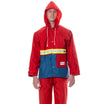
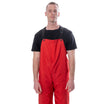
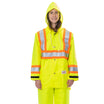
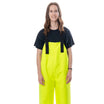
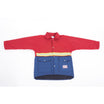
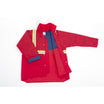

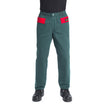
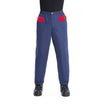
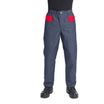
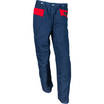
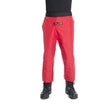
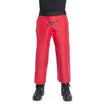
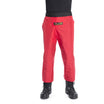
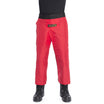
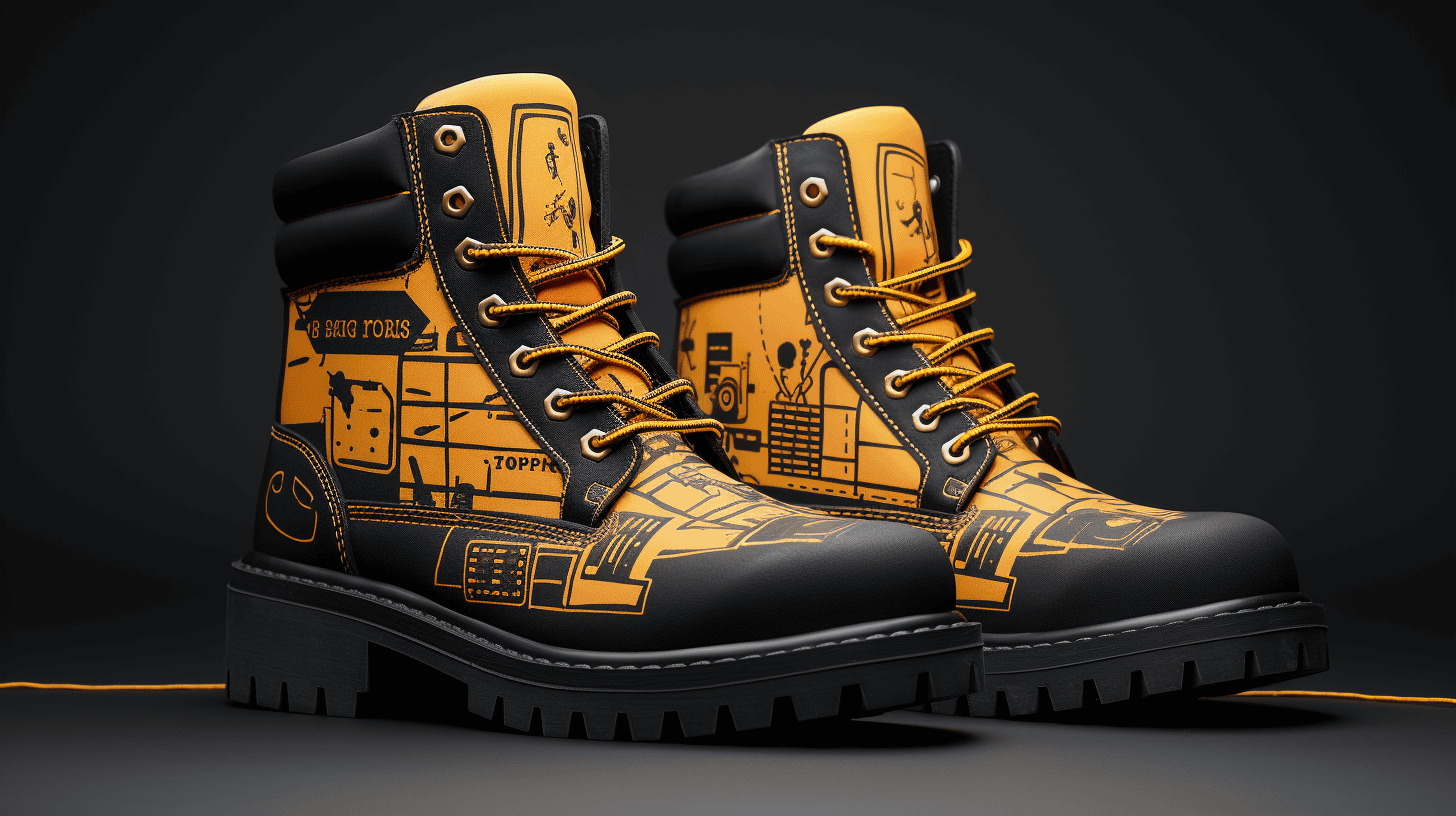
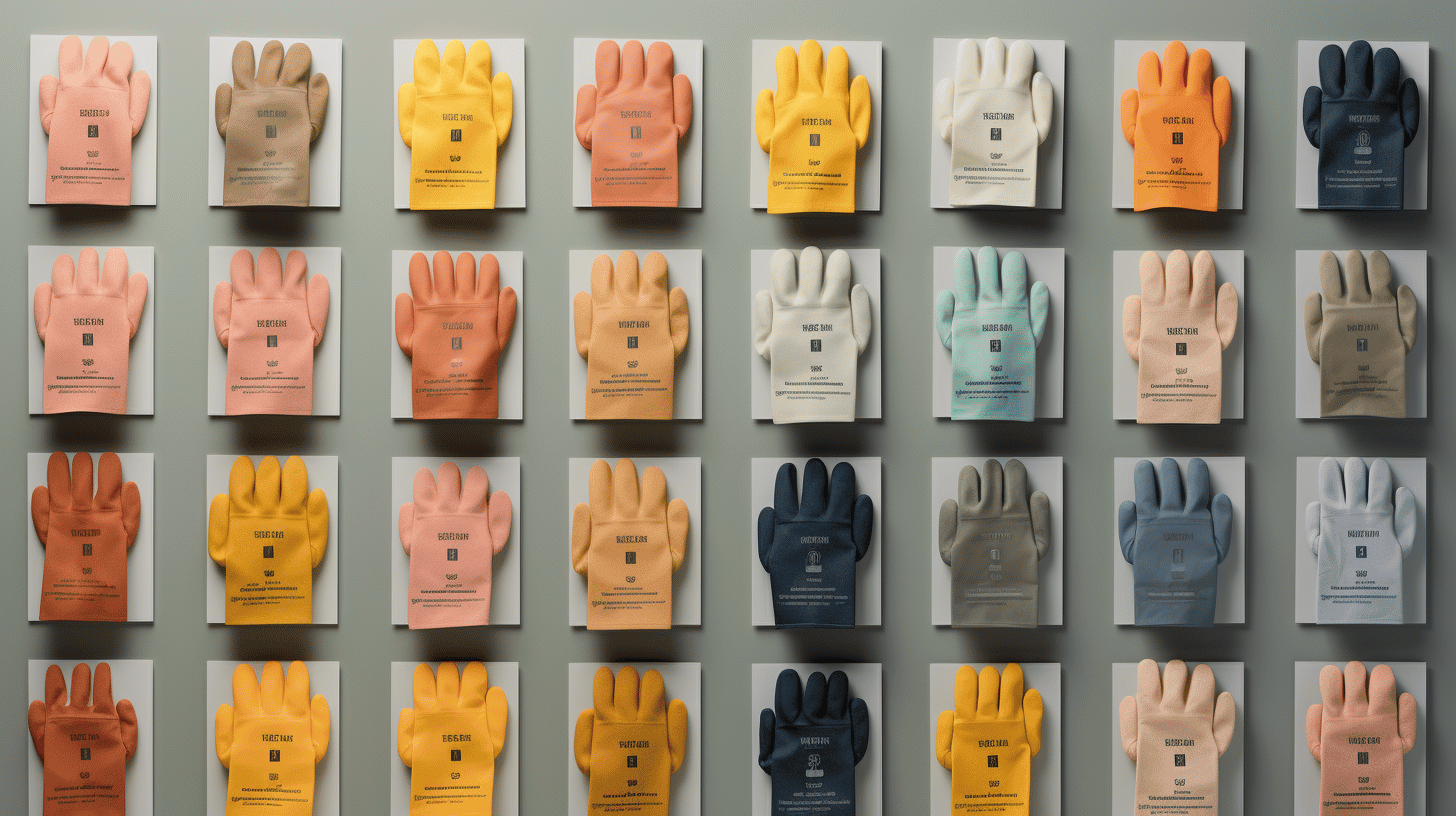
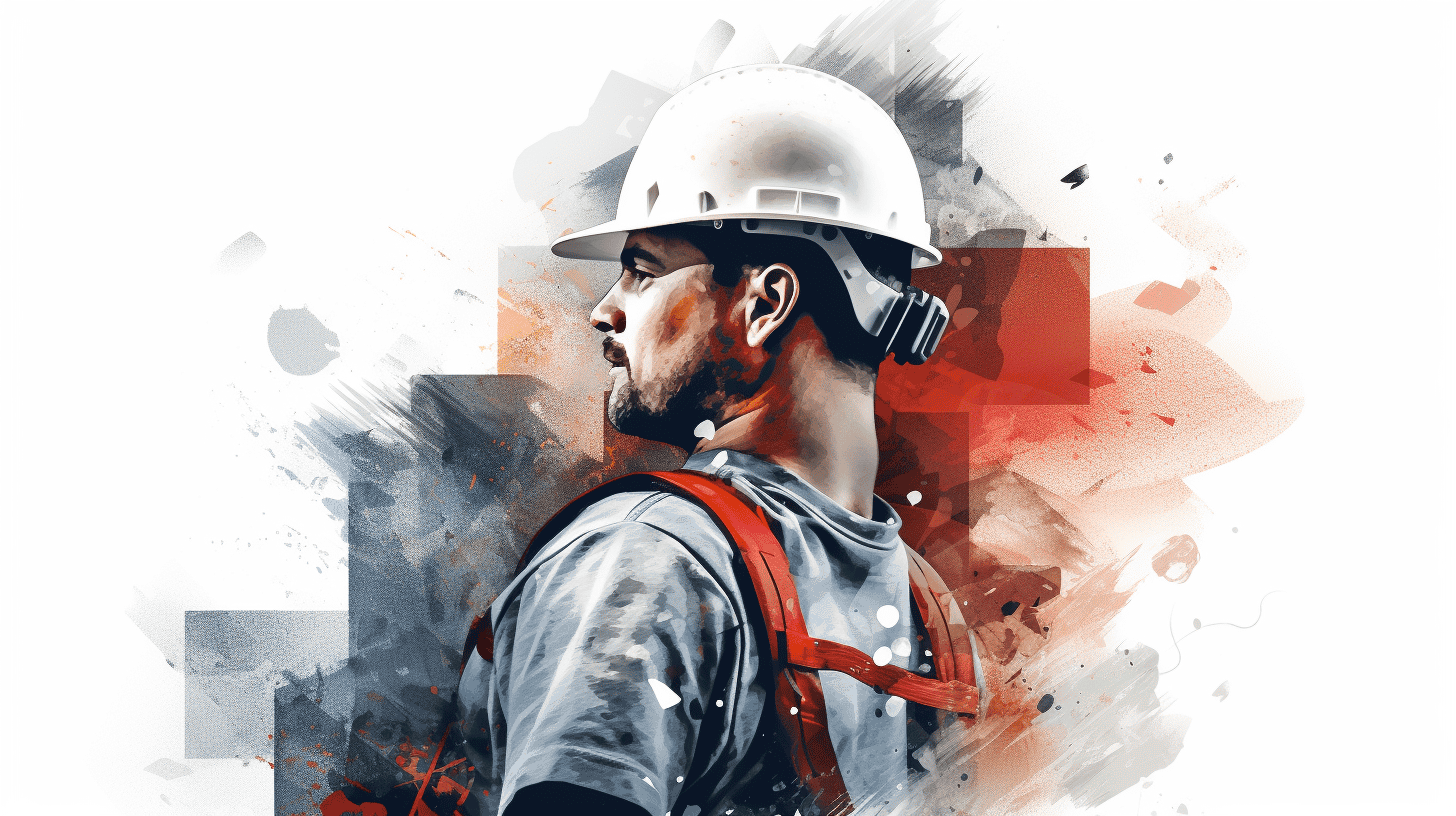
Leave a comment
This site is protected by hCaptcha and the hCaptcha Privacy Policy and Terms of Service apply.